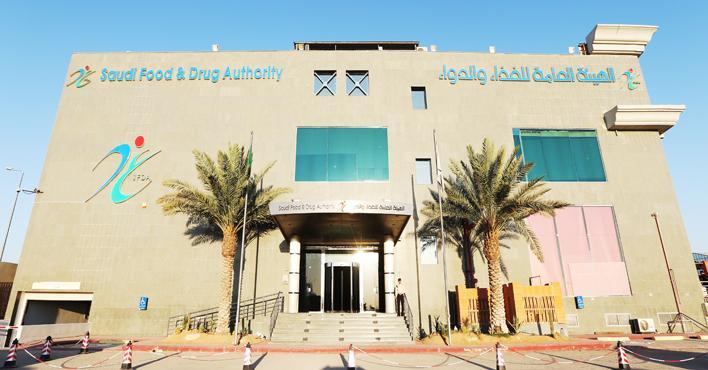Optimistic Rollup
Blockchain technology has been a revolutionary force in various sectors, and one of its most promising developments is the introduction of Layer 2 solutions to address scalability challenges. Among these solutions, Optimistic Rollups stand out as a significant innovation. Glide Protocol, a project aimed at revolutionizing the digital halal and sharia economy, leverages this cutting-edge technology. This article delves into the technology behind Glide Protocol, focusing on Optimistic Rollups, and provides an accessible explanation for general readers.
Before diving into Optimistic Rollups, it's essential to understand the context in which they operate. Blockchain, at its core, is a decentralized and immutable ledger that records transactions across a network of computers. While this technology offers unparalleled security and transparency, it also faces significant challenges, particularly regarding scalability. Scalability in blockchain refers to the blockchain's ability to handle a large number of transactions efficiently. Ethereum, one of the most popular blockchain platforms, has struggled with scalability as its popularity has grown. The more users and transactions on the network, the slower and more expensive it becomes to process these transactions. This is where Layer 2 solutions like Optimistic Rollups come into play.
Optimistic Rollups are a type of Layer 2 scaling solution designed to improve the scalability of Ethereum's base layer. They achieve this by processing transactions off-chain while still maintaining the security and decentralization of the Ethereum network. Unlike other scaling solutions like sidechains, Optimistic Rollups derive their security from the Ethereum mainnet, making them more secure and reliable. In simple terms, Optimistic Rollups take transactions off the main Ethereum blockchain, process them separately, and then post the results back to the Ethereum network. This reduces the computational load on the Ethereum mainnet, leading to faster transaction processing and lower fees for users.
The Components
The operation of Optimistic Rollups can be broken down into several key components:
- Off-Chain Transaction Processing.
Optimistic Rollups move the computation-heavy part of transaction processing off the Ethereum mainnet. Instead of every transaction being verified and recorded on the Ethereum blockchain, transactions are processed on a separate virtual machine. This off-chain virtual machine is where the bulk of the work happens. - Batching and Compression.
After processing transactions off-chain, Optimistic Rollups bundle these transactions into batches. These batches are then compressed and posted to the Ethereum mainnet as calldata or blobs. This method reduces the amount of data that needs to be stored on the blockchain, further decreasing costs. - Fraud Proofs.
One of the distinguishing features of Optimistic Rollups is their reliance on a fraud-proving mechanism. Unlike some other systems that require proofs of validity upfront, Optimistic Rollups assume that transactions are valid by default. However, they include a time window (called the challenge period) during which anyone can challenge the validity of a transaction by submitting a fraud proof. If a fraud proof is submitted and verified, the invalid transaction is corrected, and the sequencer (the entity responsible for processing the batch) is penalized. - State Commitments.
The state of the rollup (including account balances and contract code) is represented as a Merkle tree. The root of this tree, known as the state root, is stored on the Ethereum mainnet. Whenever a batch of transactions is processed, the rollup's state is updated, and a new state root is committed to the Ethereum blockchain. This ensures that the rollup's state is always anchored to Ethereum, maintaining security and integrity.
The Rollups on Glide Protocol
Optimistic Rollups, while operating off-chain, still rely heavily on the Ethereum mainnet (the layer 1 of Ethereum) for several critical functions. Thus, Glide blockchain technology is using Glide base blockchain as the layer one of Glide rollup, the layer 2 of Glide blockchain architecture.
Glide Protocol is a project that leverages blockchain technology to create a digital sharia economy, with a specific focus on tracking and managing zakat funds. Zakat, one of the five pillars of Islam, is a form of almsgiving that has significant social and economic implications. By utilizing blockchain technology, Glide Protocol aims to bring transparency, efficiency, and security to the management of zakat funds.
The use of Optimistic Rollups within Glide Protocol offers several advantages:
- Scalability
Glide Protocol requires the ability to process a large number of transactions, especially during peak times like Ramadan, when zakat contributions increase. Optimistic Rollups provide the necessary scalability by offloading transaction processing. - Lower Costs.
By reducing the amount of data stored on the layer 1 blockchain and minimizing gas fees, Optimistic Rollups on Glide Protocol make transactions more affordable. This is crucial for Glide Protocol, as it ensures that more funds are directed towards charitable causes rather than being consumed by transaction fees. - Interoperability .
Glide Protocol Rollups are designed to be compatible with the Ethereum Virtual Machine (EVM). This means that Glide Protocol can seamlessly integrate with existing Ethereum-based applications and smart contracts, allowing for greater interoperability within the broader blockchain ecosystem. - Asset Movement.
Users will be able to deposit assets like ETH or ERC-20 tokens from EVM blockchain into Glide Protocol by interacting with a bridge contract. These assets are then mirrored on the rollup, allowing users to engage with the platform. Withdrawals, however, involve a delay due to the fraud proving scheme, which ensures that all transactions are valid before they are finalized on Ethereum. - Cross-Chain Contract Calls.
Optimistic Rollups also support cross-chain contract calls, allowing smart contracts on Ethereum or other EVM blockchains to interact with contracts on the Glide protocol. This feature enhances the functionality and flexibility of Glide Protocol, enabling complex interactions between different blockchain layers.
In short, optimistic rollups are a key component of the Glide Protocol's blockchain architecture, offering a solution to the scalability challenges inherent in blockchain technology, particularly on the Glide blockchain. By processing transactions off-chain while maintaining a secure connection to the Ethereum mainnet, Optimistic Rollups enable Glide Protocol to efficiently handle the high transaction volumes associated with sharia and halal data tokenization. This approach not only enhances scalability but also reduces costs, improves interoperability, and ensures the secure movement of assets across chains. The rollups will be beneficial for the Glide protocol team for developing better decentralized storage, supply chain for halal industry and other apps related to the halal ecosystem.










